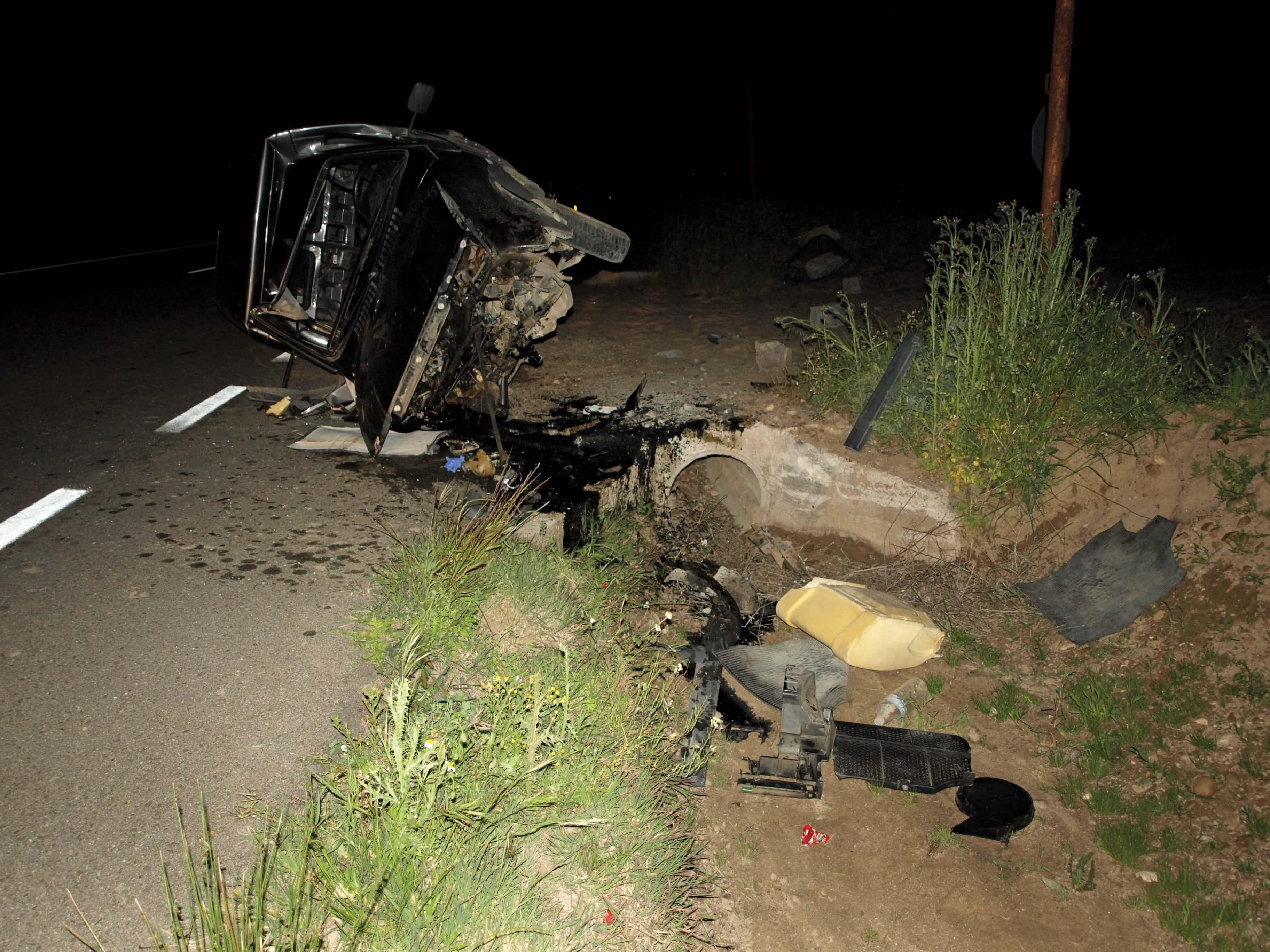The global status report on road safety 2015 published by the United Nations (UN) shows that the number of world road deaths has levelled out at 1.25 million/year. This report is based on data from 180 countries. The report also shows that the highest road traffic fatality rate are in low-income countries. In the last three years, 17 countries have aligned at least one of their laws with best practice on seat-belts, drink–driving, speed, motorcycle helmets or child restraints. While there has been progress
October 19, 2015
Read time: 2 mins
The global status report on road safety 2015 published by the United Nations (UN) shows that the number of world road deaths has levelled out at 1.25 million/year. This report is based on data from 180 countries. The report also shows that the highest road traffic fatality rate are in low-income countries. In the last three years, 17 countries have aligned at least one of their laws with best practice on seat-belts, drink–driving, speed, motorcycle helmets or child restraints. While there has been progress towards improving road safety legislation and in making vehicles safer, the report shows that the pace of change is too slow. Urgent action is needed to achieve the ambitious target for road safety reflected in the newly adopted 2030 Agenda for Sustainable Development: halving the global number of deaths and injuries from road traffic crashes by 2020. Made possible through funding from Bloomberg Philanthropies, this report is the third in the series, and provides a snapshot of the road safety situation globally, highlighting the gaps and the measures needed to best drive progress.
The report also shows that of the 10 countries with the largest populations in the world have enacted all five of the necessary steps to address road safety.
The report also shows that of the 10 countries with the largest populations in the world have enacted all five of the necessary steps to address road safety.







